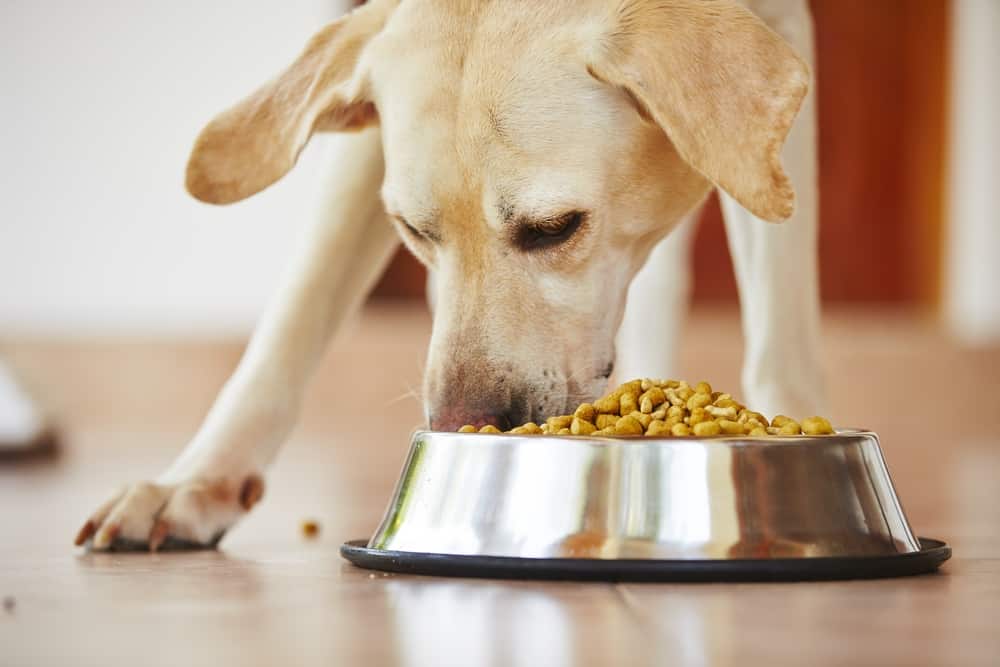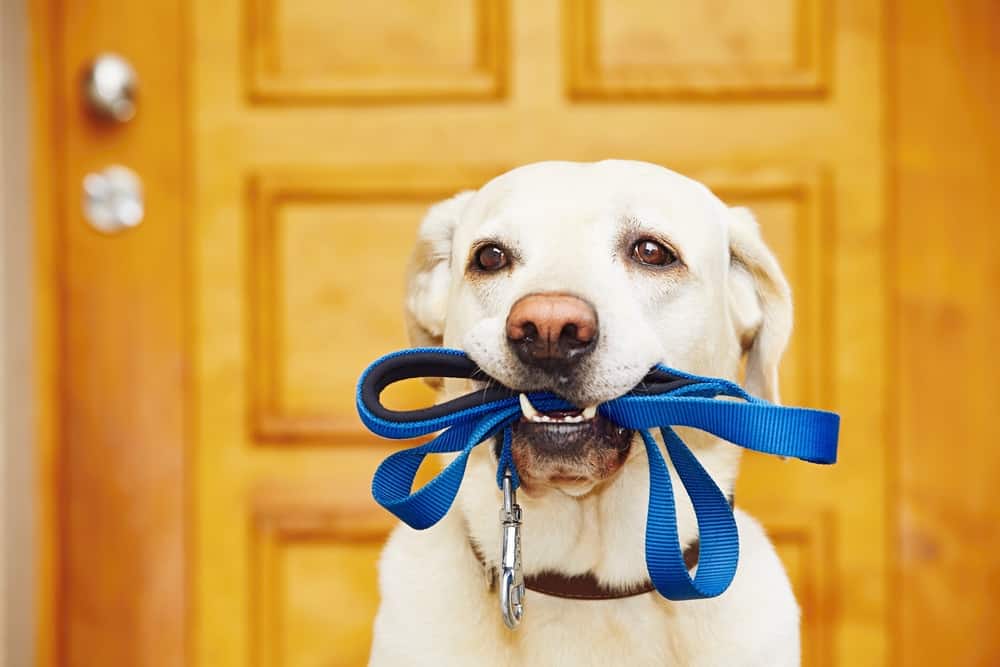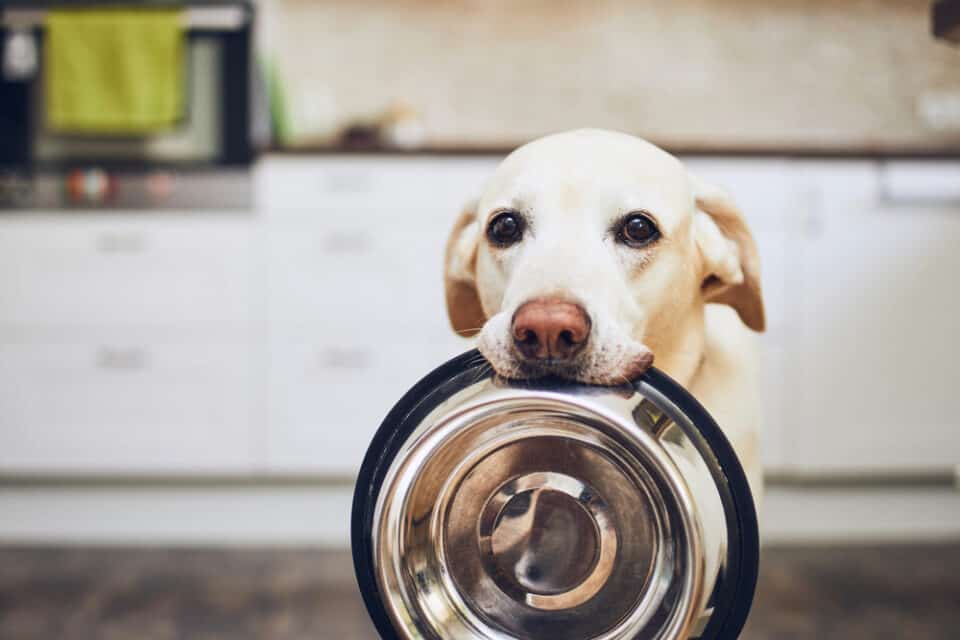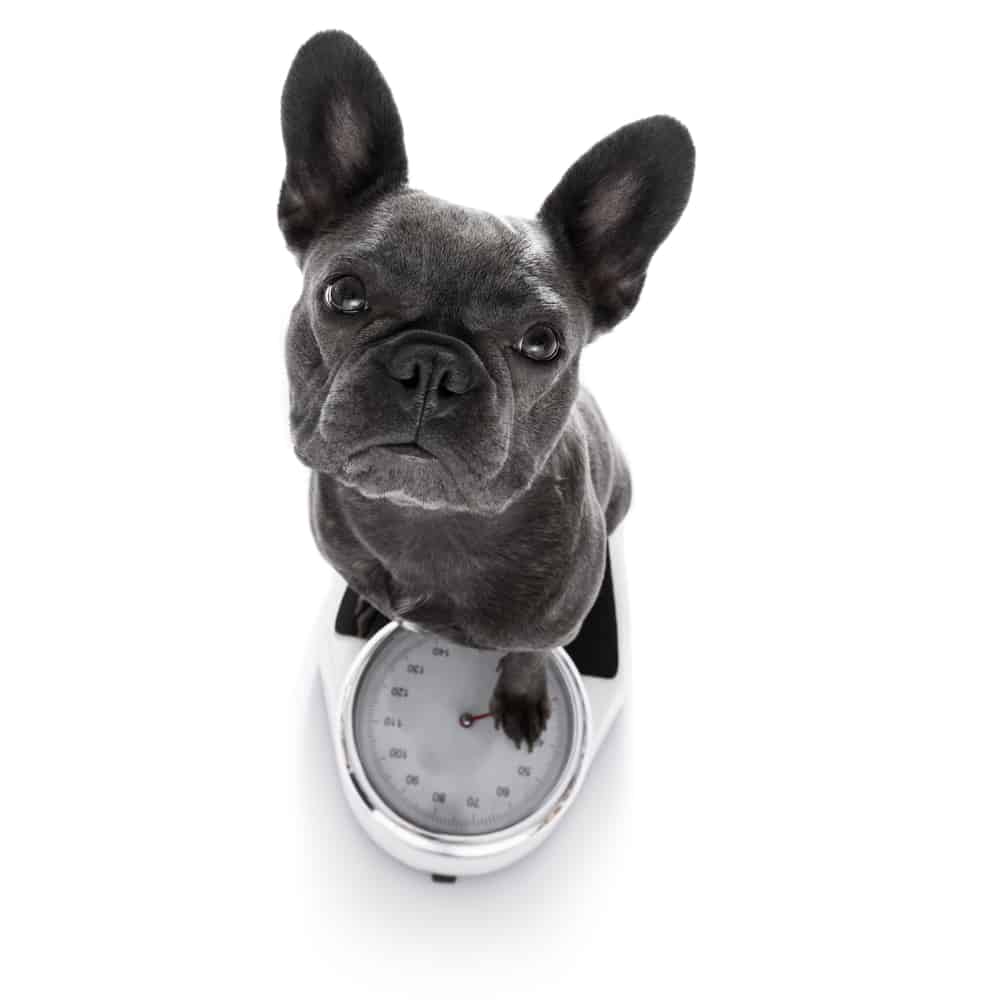Contents
All products and services on Project PAWS are independently selected by our editors, contributors, and veterinary experts. This post contains affiliate links. As an Amazon Associate I earn from qualifying purchases.To learn more, view my disclosure policy.
Last Updated on October 29, 2020 by Aimee
Your Adult Dog-Diet and Exercise Edition: It may seem like it happened overnight, but suddenly your little puppy isn’t such a puppy anymore. It’s not just about the way that he looks, it’s about the way that he acts as well. It’s true, as puppies transition into adulthood, they go through many changes; some physical, some mental, and some emotional. Their diet and routine will have to change as well to ensure that they are the healthiest and happiest best friends possible.
Adult Dog Diets
If you happened to read the label on your bag of puppy food you probably noticed that it packed an energy punch! Puppy food is high in fat, protein, and calories to fuel your little bundle as well as provide all the nutrients important for growth. Since adult dogs are no longer growing, in fact that’s the very definition of reaching adulthood is when full growth is achieved, they no longer need that gigantic energy boost or vitamins and minerals in such high levels. That is the main reason to switch your adult dog to an adult formula dog food. It helps to avoid weight gain and the feeding of unnecessary nutrients.

When choosing an adult dog food, it’s important to read labels. You want to choose a food that lists real, whole meat as at least the first ingredient, preferably the first and second. This doesn’t mean meat by-product or meat meal. You also want to make sure it meets the AAFCO requirements. The Association of American Feed Control Officials ensures that a dog food meeting its standards provides all of the necessary nutrition that a healthy dog needs. As long as you’re feeding an AAFCO approved dog food and your dog doesn’t have any special requirements you shouldn’t have to supplement in any way. Your veterinarian can help you choose a brand of adult food that will work best for your dog.
How much and often to feed your adult dog
Once you have found the right adult dog food, you next need to determine how much and how often to feed it. Most dogs do well with two meals a day. Smaller dogs may do better with more frequent feedings since they can’t hold as much as at one time, and other dogs may choose to graze throughout the day. However you choose to feed them, just make sure you’re feeding the right amount. Most dog food brands will provide a recommended feeding amount on the label. This is based on the weight of your dog and it lists the total amount per day. If you’re feeding multiple meals, you’ll want to divide that amount between the different meals. This recommended amount will be a range as some less active dogs may need the lower end and more active dogs the higher. This is a recommendation only. It doesn’t mean you can’t feed more or less depending on your dog’s needs and to keep them at a healthy weight. It’s important to keep your dog at a healthy weight in order to prevent diseases like diabetes and arthritis.
What kind of food should I feed my adult dog?
Some dog parents choose to feed their pups a raw or homemade diet, which is fine as long as it’s safe and nutritionally complete. Consult your veterinarian before trying a diet like this. Some dog parents choose to feed only soft food, which is also fine as soft food tends to be higher in protein and moisture content, but you may need to take other measures to prevent dental disease. Crunching on dry dog kibble is a great natural way to clean teeth, reduce tartar, and prevent dental disease. Soft food doesn’t provide the same benefits so you’ll want to give your dog hard chew toys or brush their teeth instead to keep those pearly whites healthy and around for the long-haul.
Your Adult Dog: Diet and Exercise Edition
Exercising your Adult Dog
As a puppy, your dog probably took care of exercising themselves. Puppies seem to be in constant motion, working those growing muscles and strengthening bone. As adults, some of that play drive goes away, which can be a welcome relief (no more ankle biting!), but it means you’ll need to up your involvement in your dog’s exercise routine. How much exercise an adult dog needs depends heavily on the breed and the individual dog. As a dog parent of Border Collies, I’m not allowed much sit-around time, but those of you with Basset Hounds may not need to be quite as on-the-go.
As a general rule, your adult dog needs enough exercise to keep them at a healthy weight and to keep them mentally active. What does mentally active mean? You’ll know if you’ve ever come home to find a shredded couch and the kitchen garbage strewn about the house. Exercise is important to not only keep your adult dog physically healthy; it also helps prevent destructive boredom behaviors and keeps their brains sharp.
What type of exercise does my adult dog need?
The type of exercise your dog does can be important, too. Most dogs enjoy a long walk or trip to the dog park, but others may need more like a 10-mile hike through the mountains or two hours of playing fetch.

When choosing your exercise, you’ll need to consider any medical conditions your dog may have. For instance, dogs with hip dysplasia may prefer to swim instead of climbing mountains. You’ll also want to avoid high impact stresses like Frisbee catching or agility courses until your dog is completely warmed up with a lower impact exercise first to help prevent injury.
Finally, make it fun! You want your dog and you to enjoy it. It’s not just about staying healthy, it’s also about becoming better friends and spending time with each other. Your dog lives to be around you, so make sure that time that you spend together is quality.
Your Adult Dog: Diet and Exercise Edition
You may have thought that once a dog reaches adulthood, the road gets easier. They can now seemingly coast through. The concerns about potty training and chewing are in the past, but adult dogs do still have some special requirements when it comes to diet and exercise.Be sure that you’re feeding a life stage appropriate, quality dog food in the right amounts to maintain a healthy weight. You also may need to up the amount of exercise that you do with them so that they stay strong, sharp, bonded to you, and nice to your furniture.
Edited by Aimee Stock


